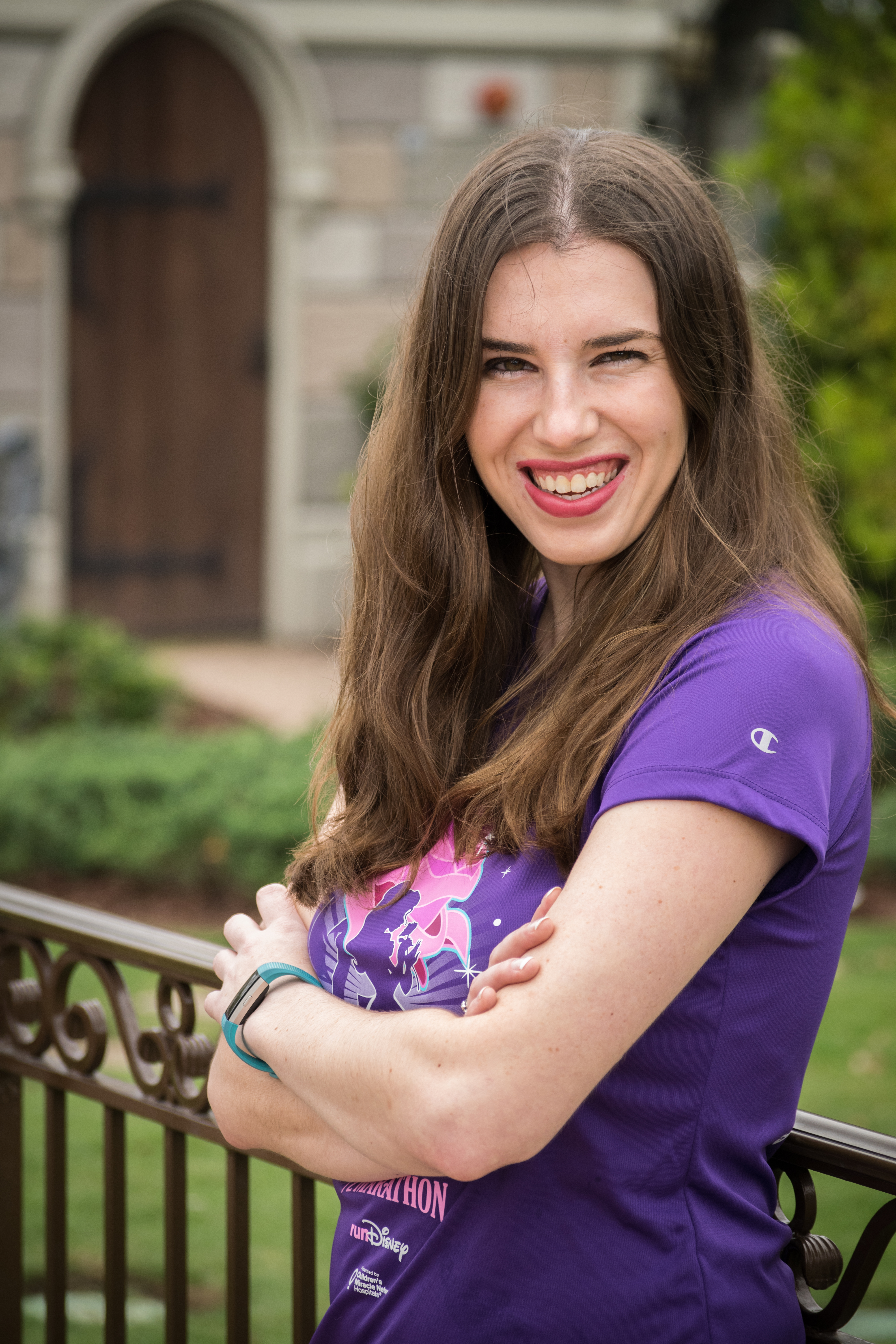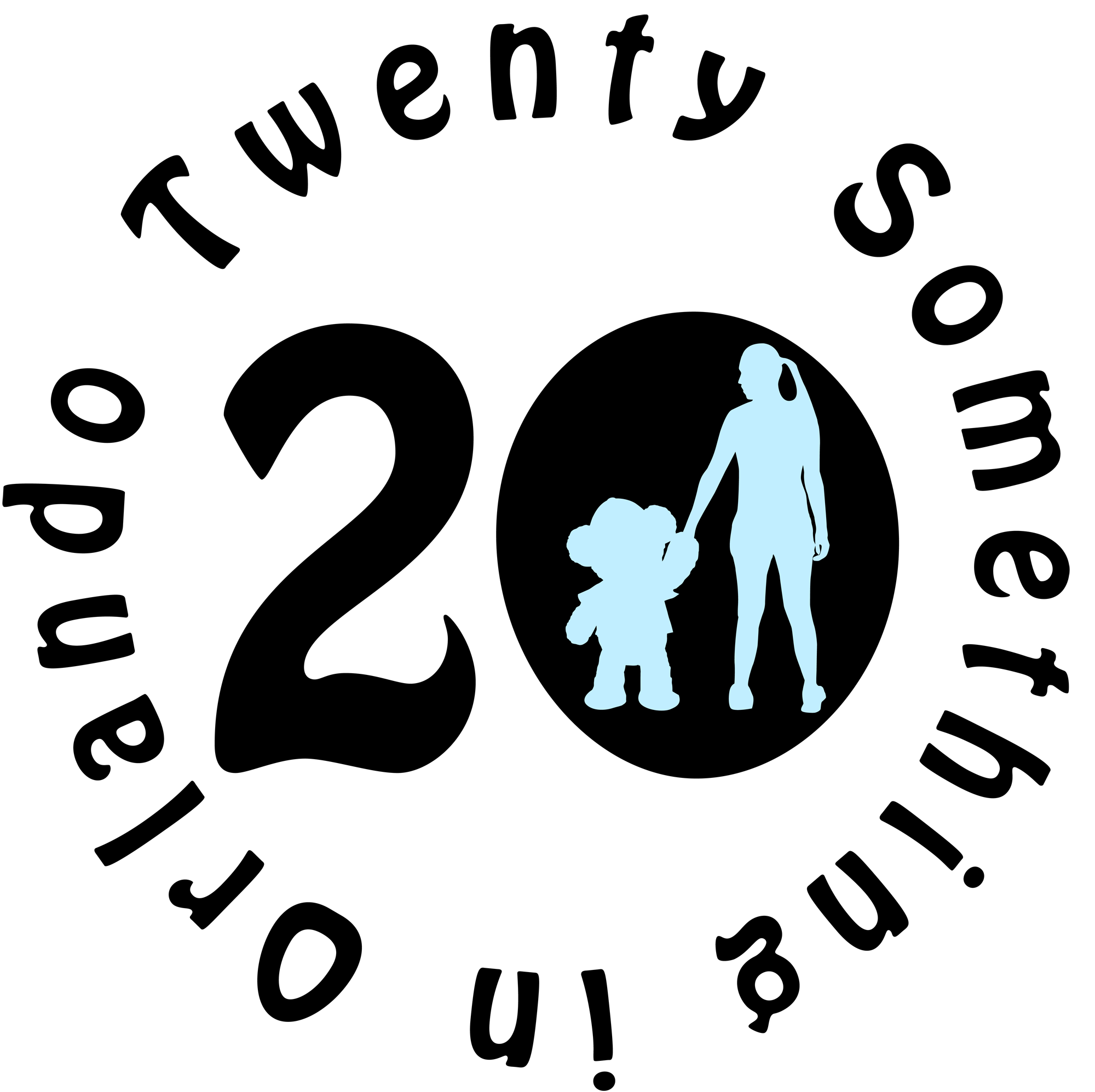In 2014, my older brother, Robby, and my childhood best friend, Audrey, came down for a two and a half day whirl-wind Disney trip. We covered all four parks in two days, mostly because I had a feeling I’d never get Audrey to come to Disney ever again. Their favorite ride, I kid you not, was Living with the Land. They’ve both worked in all sorts of labs, and they’ve both always been extremely good at science. They’ve tried to explain it to me, but I usually just end up asking if this is what I sound like when I talk about theme parks. Apparently the answer is yes. On his next visit we rode it twice so he could sit on both sides of the boat. I promised him the next time he came down we would do the Behind the Seeds tour.
Like Rapunzel, I keep my promises.

Behind the Seeds is a tour that takes you backstage at the greenhouses of Epcot, where they grow a lot of the food that is used across Disney property in a variety of restaurants and even for some of the animals at Animal Kingdom. For a backstage tour at Disney Behind the Seeds is extremely affordable and only lasts about an hour. We didn’t reserve in advance, but walked up and had no trouble getting in. At 11:30, we signed up for the 12 p.m. tour, which would get us out in plenty of time for our Garden Grill reservation at 1:35 p.m. We asked the Cast Members if they thought we had time to use our Soarin’ Fastpass (Robby hadn’t been on the new one yet, and we got a late start). She said we should make it, and if we were a little late they could just walk us in.
We visited Patrick Warburton and made it back to the desk literally at 12:01. One of the girls working the desk gave us our nametags, mine was spelled wrong but that’s okay, and walked us onto the tour. All we missed was the other three people in the group and the tour guide introducing themselves, so while slightly awkward it was totally okay. Our Behind the Seeds tour guide was named Lindsey, and she was a professional intern. In Disney speak, this means she’s a step above college program doing something that’s actually in her field of study.

Here, I would like to make it crystal clear that my brother is the science person, not me.
Our first stop backstage was the IPM, or Integrated Pest Management, where they essentially raise insects to deal with other insects. There was a short video and we got to hold little vials of eggs they were raising, as well as see a plant that was being used to produce new friendly insects.


We went back outside and stopped at the window to the FDA Lab, because it’s a sterile environment they can’t allow guests inside. They have actual FDA scientists doing studies on a daily basis right there at Epcot. On the day of our tour they were conducting research on strawberries. According to Robby, the size of the lab itself isn’t particularly impressive but what do you expect in a theme park? This is also where they get their tiny plants that are sealed in a special gel for tourists to take home in the “Mickey’s Mini Gardens”.


From the lab we went into the green houses themselves that the Living With the Land boats run through. The attractions cast member in me is fascinated they can have guests walking around a ride track with the ride moving, but I guess there’s enough plant life between us and the water to prevent it being a real issue.

“At home” technique: “With a twist.”
The first room we were in had large columns of hanging plants moving on a conveyor belt. This helps to spread them out and disperse water more evenly as they move around the track. To one side they had an “at home” technique, designed to be something guests could implement at home in their own gardens, with stacked pots at different angles to allow them to save space and still grow. This is also home to the only plant you’re allowed to touch: the greenhouse’s pet plant, Stanley. Stanley has an extremely cool defense mechanism in that when you touch him, his leaves fold up. He’s kind of like a friendly version of a Venus fly trap.

Meet Stanley.
[lgc_column grid=”50″ tablet_grid=”50″ mobile_grid=”100″ last=”false”]We passed onto the next room where there was a hydroponic grow tank and samples of the different materials they use to grow the plants. They don’t use any true soil, instead they’re all specially designed for specific growing techniques. This room also had a mini-fridge where we got to try samples of cucumbers grown hydroponically. I’m not a huge fan of cucumber to begin with so I don’t know that it tasted any different than normal. She then carefully disposed of her gloves, the bag the cucumber came in and the toothpicks it was served on. The Land’s goal is to be a no waste facility and they have something like a 99.2% success rate with that. Go Disney. [/lgc_column][lgc_column grid=”50″ tablet_grid=”50″ mobile_grid=”100″ last=”true”]

“Soil types”.

Hydroponic tank.

Hydroponically grown cucumber.
[/lgc_column]
From there we went on to see some of the elevated growing techniques, and how they have to put their heavier products in nets to keep them from crashing to the ground. We also got to see the “lean and lower” technique which gives them up to ninety tomatoes off a single plant! The next exhibit is what Lindsey called “the salad spinner”, which apparently is not a super effective growing technique but fun to look at.

“Lean and lower” technique.

“Salad spinner” technique.
At the next bit was a bench and a water cooler, which Robby and I pounced on. The green houses are extremely hot and humid, which is to be expected, but I don’t think we thought about that before hand. Here they had the “nutrient film technique” being used to grow lettuce, which apparently allows them to grow it with almost no soil material at all and at an accelerated rate. I was happy to see they were making a Hidden Mickey with it. I have no idea what the “NFT” really is but I vaguely remember Audrey explaining something about it when she worked in the Lab at the University of Tennessee.

“NFT.”
We got to see the “drip irrigation” systems where they were using another at home technique to make tomato trellises instead of stakes, which makes them sturdier and able to produce more plants. It also puts the fruit towards the bottom to keep birds away. I need to remember to tell my dad to try this next year with his tomato plants.

With the exception of Stanley, at least part of all the plants in the greenhouses are edible. However that doesn’t mean they’re something you particularly want to eat. The citron is a good example of this, and they are given to the gorillas and chimps at Animal Kingdom as enrichment.
Our next stop was the Aquaculture area where they raise their sustainable fish. We actually got to feed the hybrid striped-bass in addition to seeing the creepy-crawly shrimp up close. Plus I found another Hidden Mickey.

The final part of the tour involved a spice demonstration in the heart of the greenhouses. Lindsey handed us a small vial of a spice and we got to try to guess what it was. The fact that I never cook was extremely obvious because Robby got them all right and I did not. Apparently cinnamon is the fifth most expensive spice in the world, and vanilla bean extract is the second. Saffron, which I had actually never heard of, is the first and costs more than $100 an ounce! We also got the opportunity to take a photo with the black pepper tree, which Lindsey pointed out was a Hidden Mickey. I had noticed it the moment we walked up. Robby laughed at me, “Of course you did.”
We then headed out the same way we came in, and passed the next group at the FDA Lab window. This group was much larger and probably had about fifteen people. I’m glad ours was so small!
Behind the Seeds is honestly not for everyone. If you’re not someone who enjoys Living With the Land to begin with, your time would be better spent waiting in line for Soarin‘ Around the World. If it is something you find interesting, or even if you just like the idea of seeing backstage at Disney without breaking the bank, it’s awesome. It’s definitely one of the most affordable tours Disney does, and you’re not going to lose half your day with it. Robby enjoyed it, and really that’s all that matters to me.
Cost: Behind the Seeds is $25 per adult. Annual passholders get 15% off making it $21.25.
Duration: About an hour.
Value: Extremely cool to do once.
Add On Options: None really, but you could always eat at Garden Grill after like we did to sample some more of the food grown in the greenhouses.
Stay up to date on all things Twenty Something in Orlando by subscribing to our newsletter or supporting us on Patreon! You can also find us on Twitter and Instagram!























